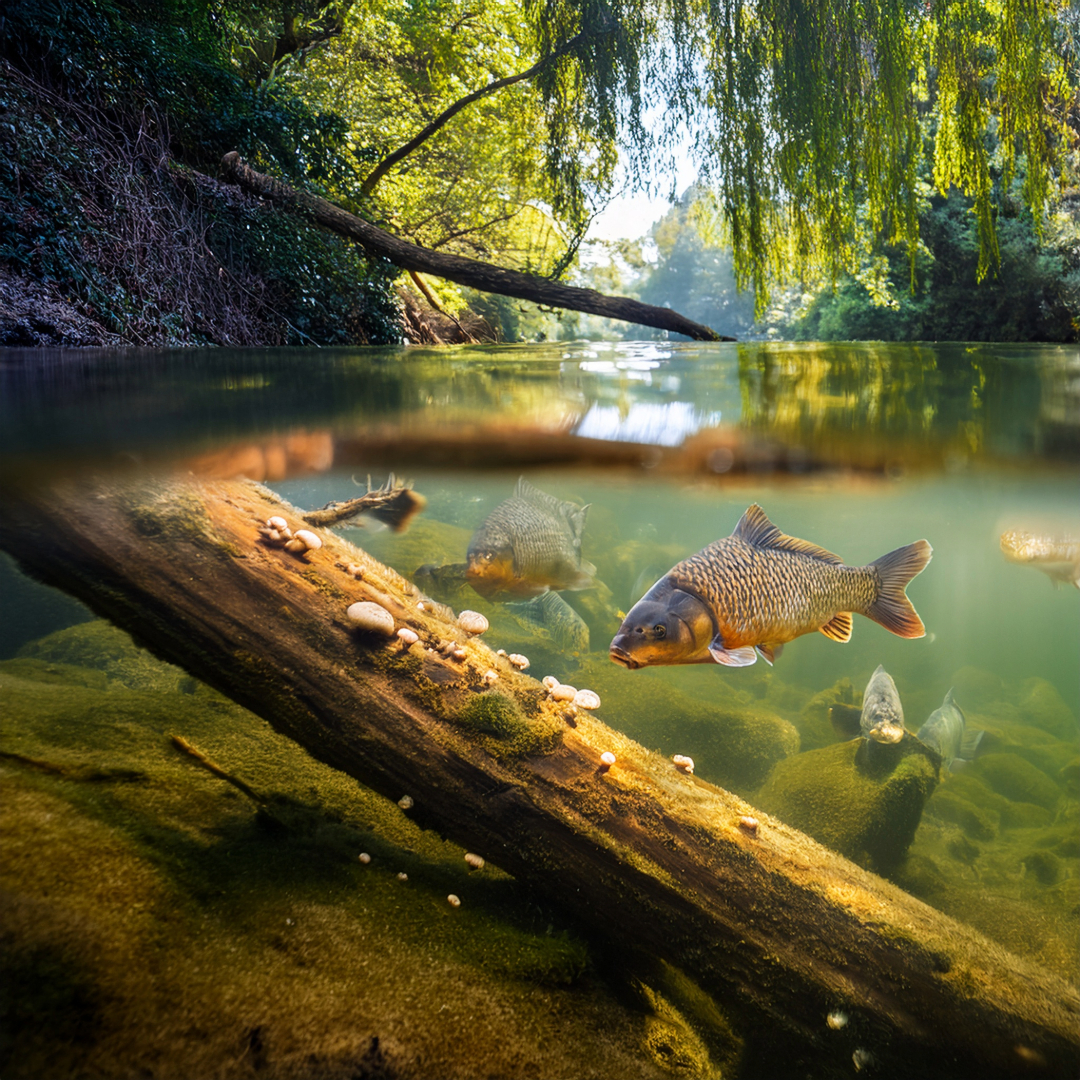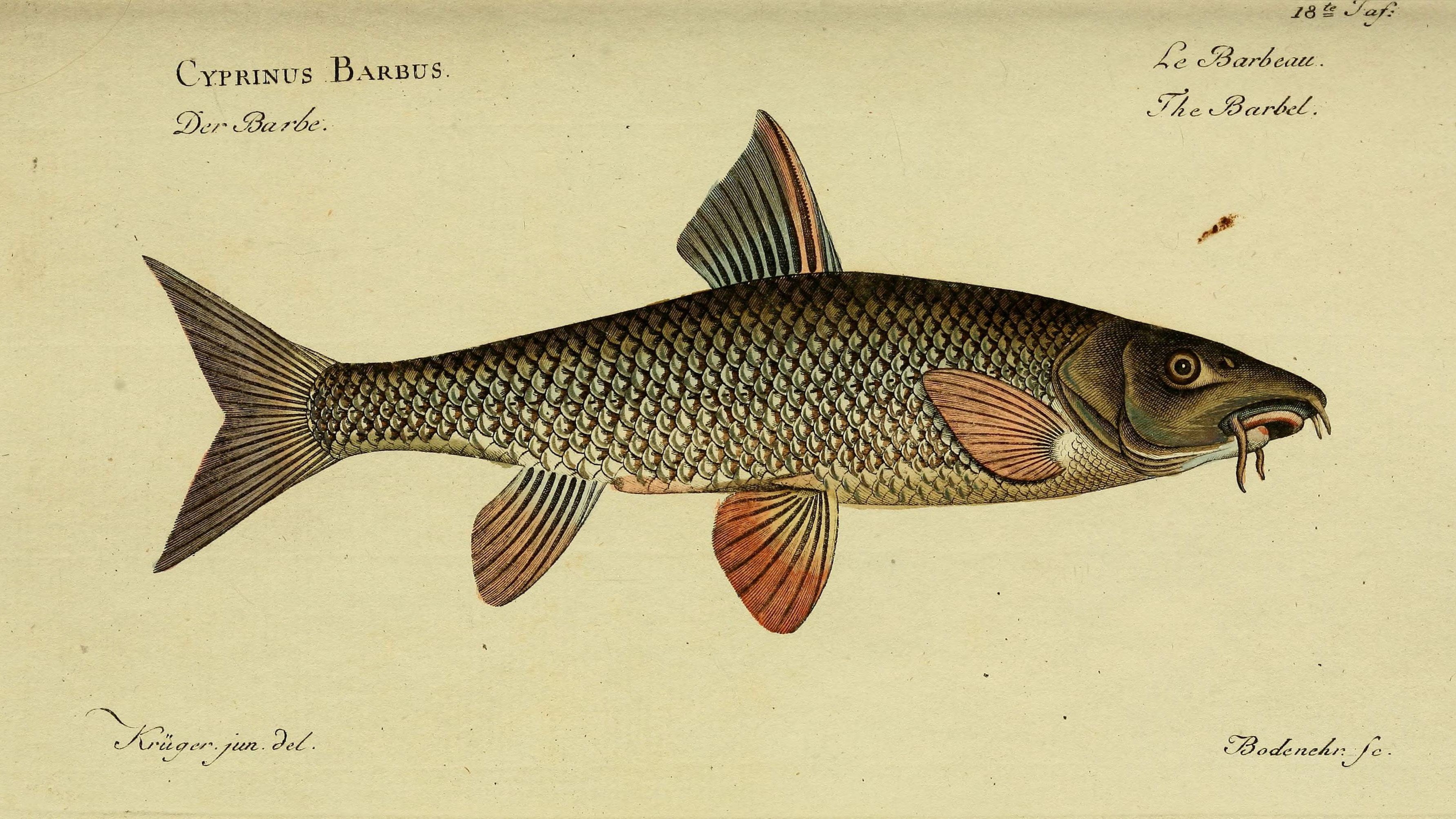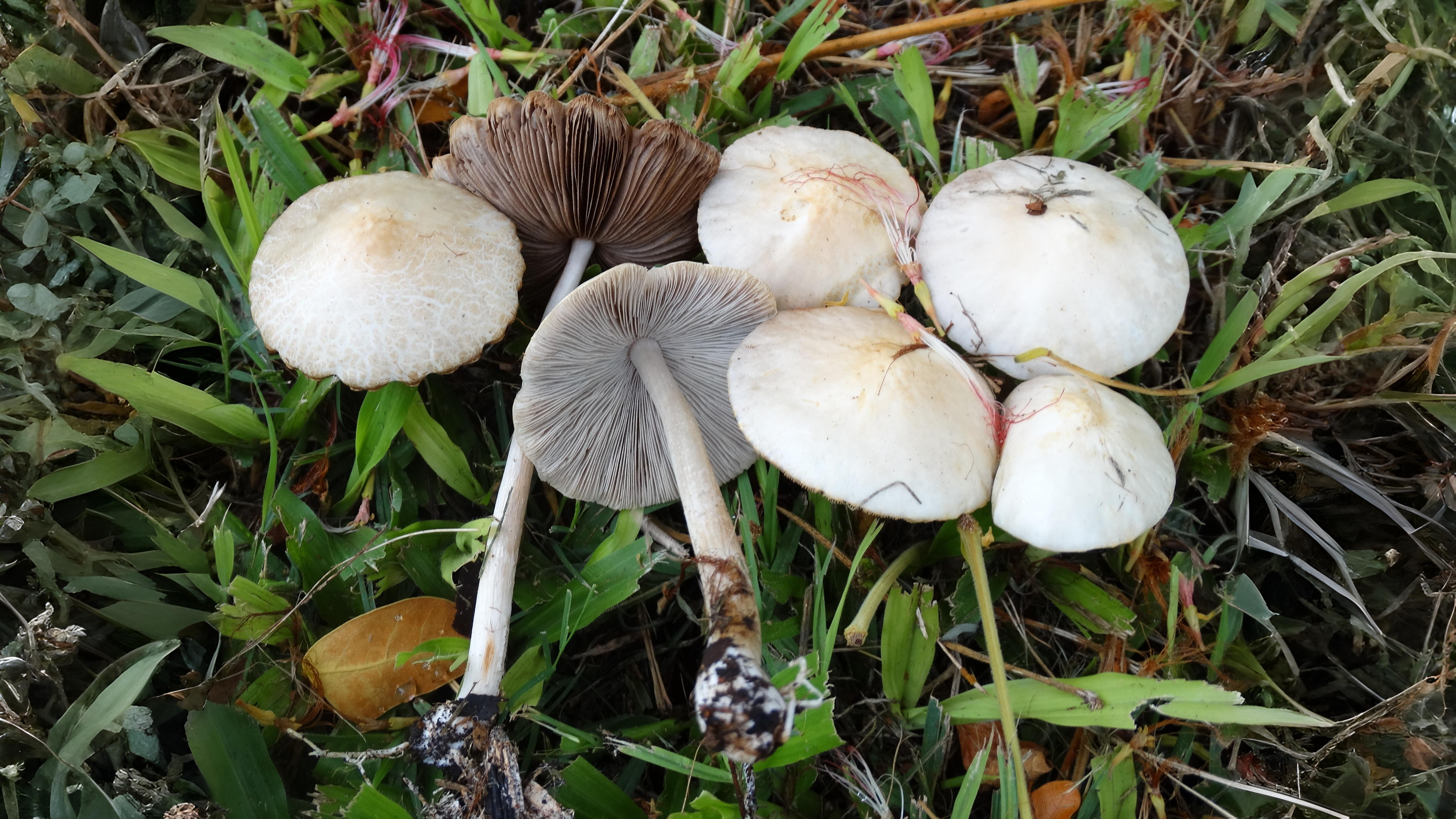Beneath the surface of London’s rivers, fish are staging a silent spectacle—carp thrash in the shallows, grayling scent the water with thyme, and barbels release clouds of eggs, just as they did in Elizabethan times. Meanwhile, in the damp shadows of fallen logs, fungi defy the seasons: sulphur-yellow "chicken of the woods" erupts from bark, while radish-scented deer mushrooms rise from the rot. Why were bleak scales once prized as fake pearls? And which toxic fungus masquerades as a morel?
Return on 26 May to dive into the secret lives of spawning fish and the eerie beauty of spring fungi.
A number of different fish are now starting to spawn. Common bream, grayling, bleak, barbel, rudd and lamprey all tend to lay their eggs in mid May. Common carp, roach and minnow lay theirs towards the end of the month. It may also be worth looking in weedy shallows for carp. As they are feeding on the bottom mud, carp tend to produce bubbles which can give a clue to their presence. They also sometimes can be seen ‘thrashing’ the water whilst spawning, quite oblivious to any human presence. It is best to look for them on sunny days when the water they have chosen may have reached the desirable 18ºC they prefer.
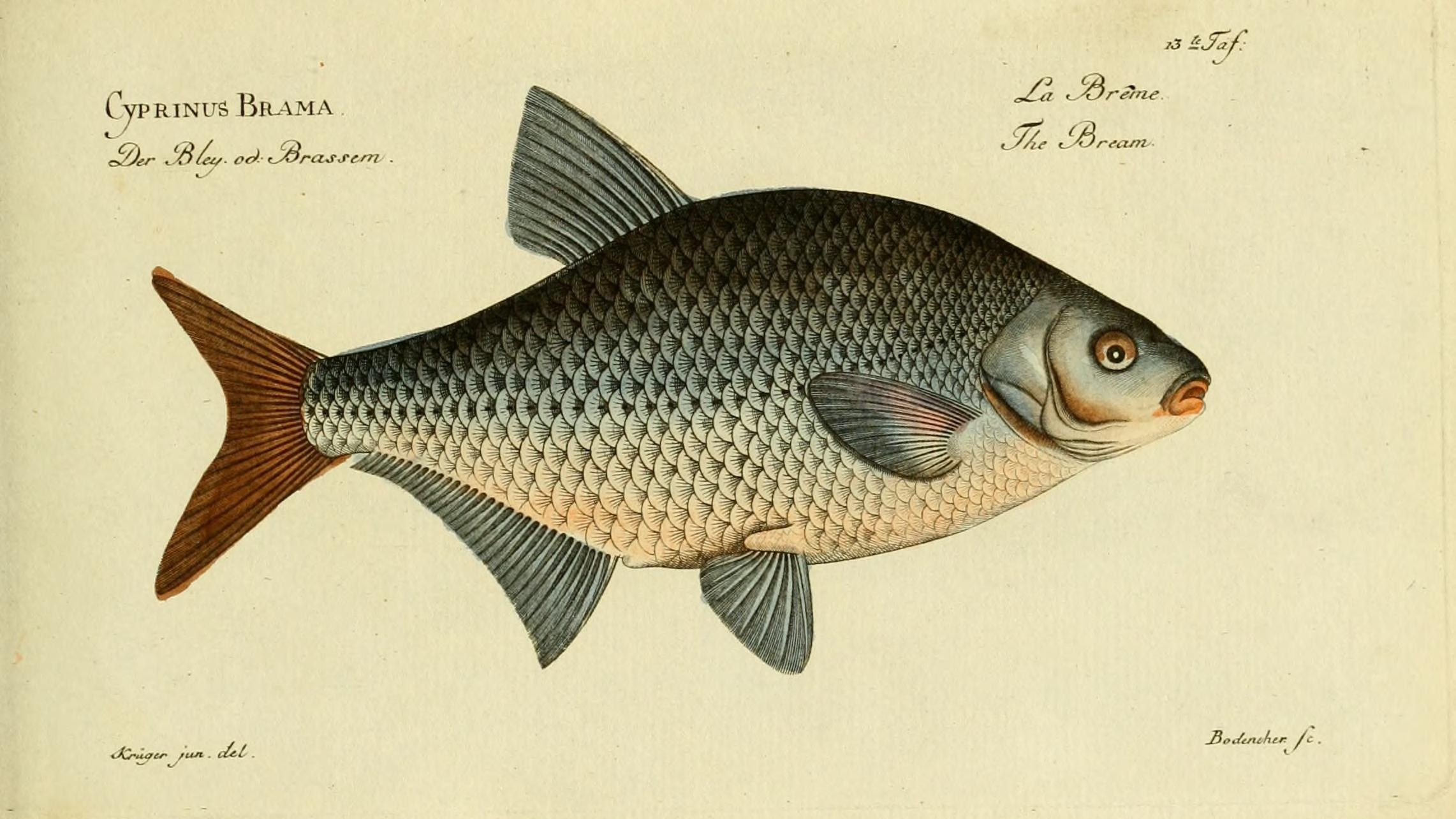
Grayling, which are said to smell distinctly of thyme, prefer quieter shallows with deeper eddies. Roach, rudd and minnow are often noticed due to ‘dimpling’ on the water surface. They spawn in shoals with their numerous fins just touching the surface. Bleak may well leave the water to escape from a predator such as perch or pike. This can betray their presence and then a little later they may be seen swimming just below the surface. Their shiny white scales used to be made into false pearls. Now in their breeding colours, they are pale green with some blue tints and have silver sides.
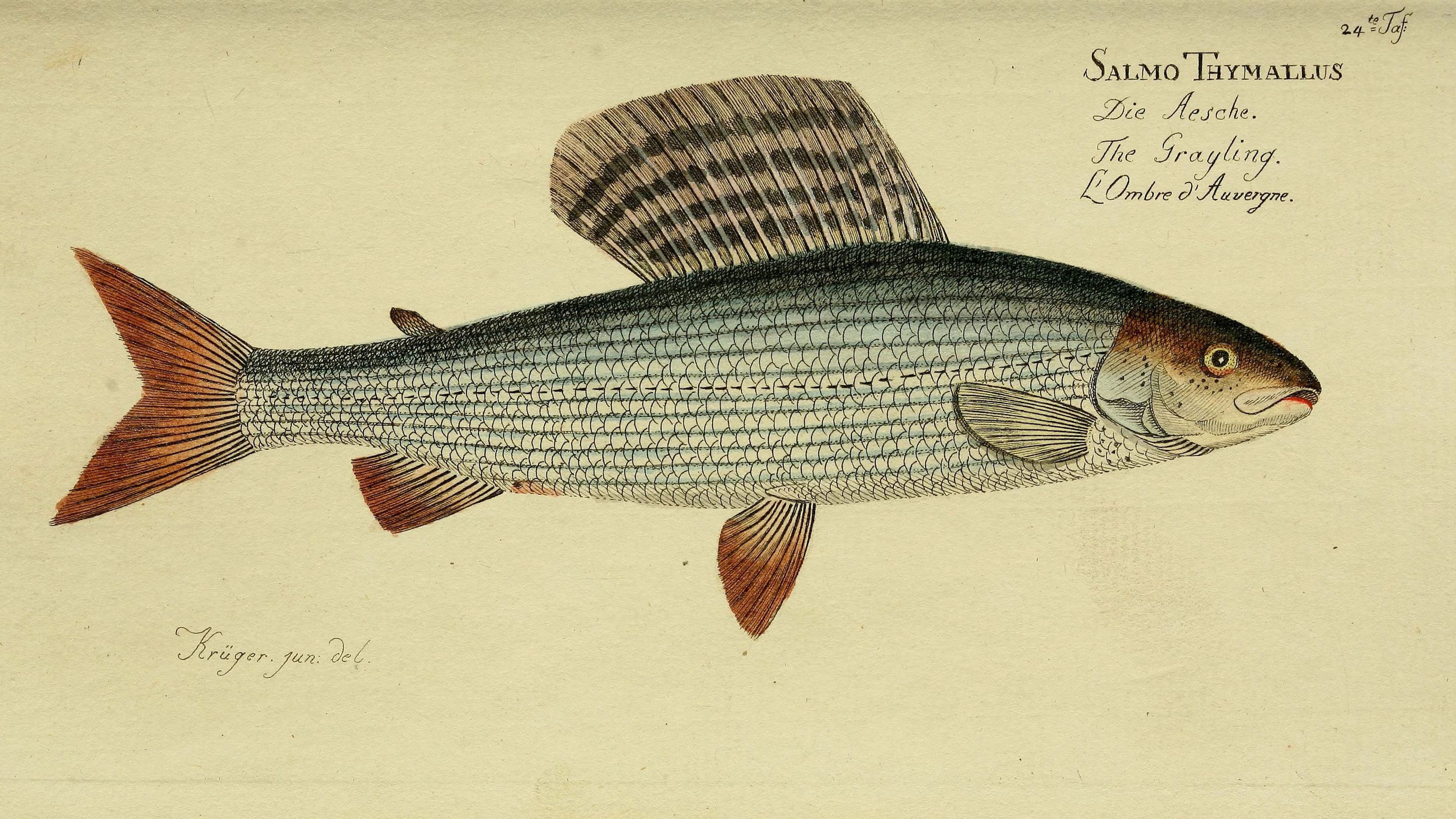
Other fish are also changing colour e.g. minnows are becoming pinker and three-spined sticklebacks redder. Barbels, like most fish, are explosive breeders producing several thousand eggs. In Elizabethan London, there was a fine for catching young barbels as they were thought to taste far better if left to grow older. Other fish, such as common bream, were then highly prized eating, but are ignored today. In rivers such as the Darent and Wandle fish can occasionally be glimpsed as they come to the surface to feed on emerging insects especially if they are swarming.
Most of the fungi mentioned in April can also be seen this month. This is not the time of year to see large toadstools, but it is a good time to examine old, wet logs for encrusting or what are called resupinate fungi. Various cup and jelly fungi, which go unnoticed in the autumn, tend to stand out more now e.g. Peziza spp. and Auricularia spp. Other fungi commonly found on dead wood are the coral spot fungus Nectria cinnabarina and King Alfred’s cakes Daldina concentrica. Bracket fungi also tend to get noticed. Some are decayed, but others are large and solid e.g. Ganoderma spp.
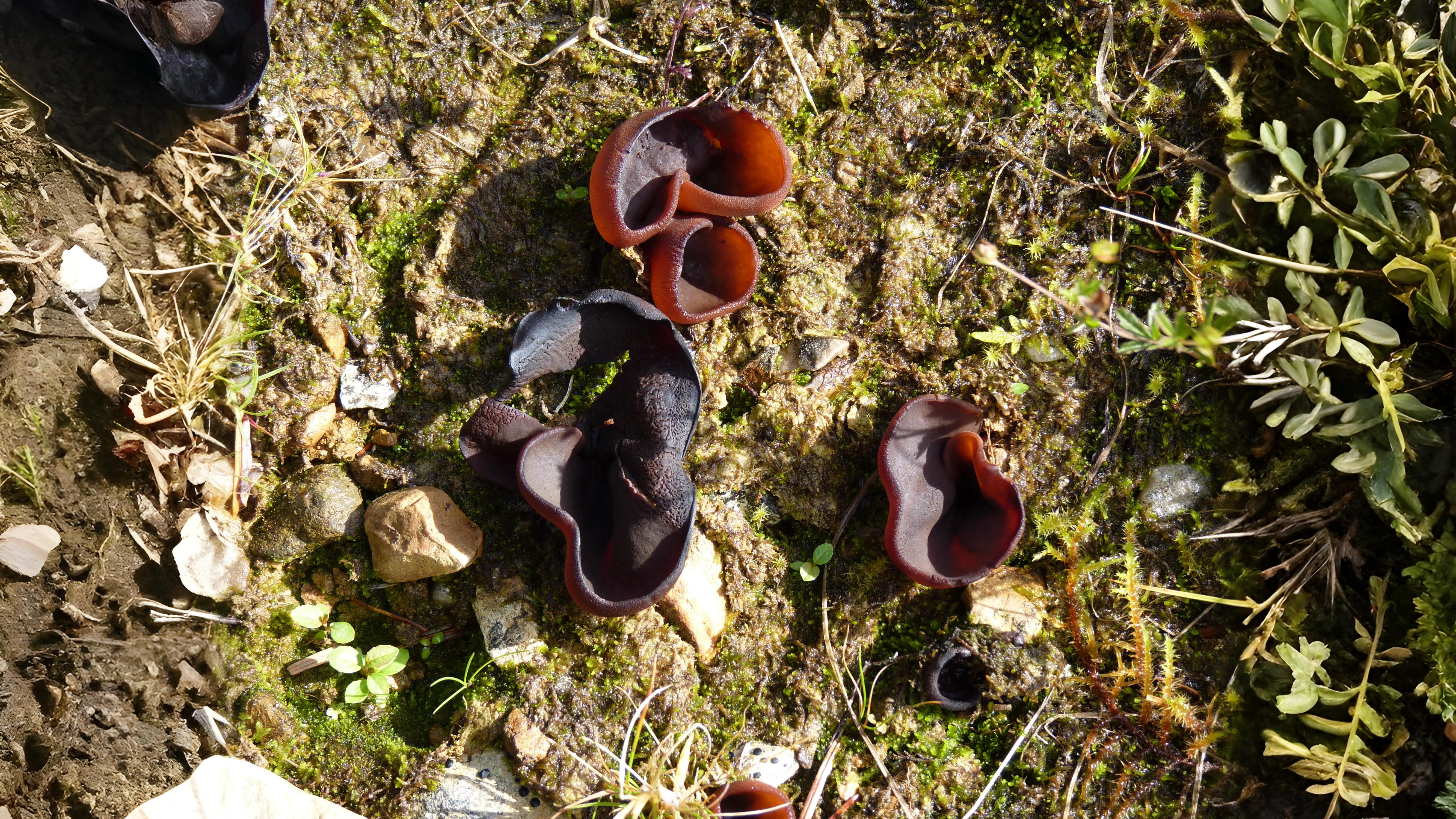
Some of this year’s new brackets are also starting to appear in species such as dryad’s saddle Polyporus squarrosus, Maze gill Daedalea quercina and the eye-catching sulphur-coloured chicken of the woods Laetiporus sulphureus. In the case of dryad’s saddle, this bracket may eventually reach half a metre in width by the autumn.
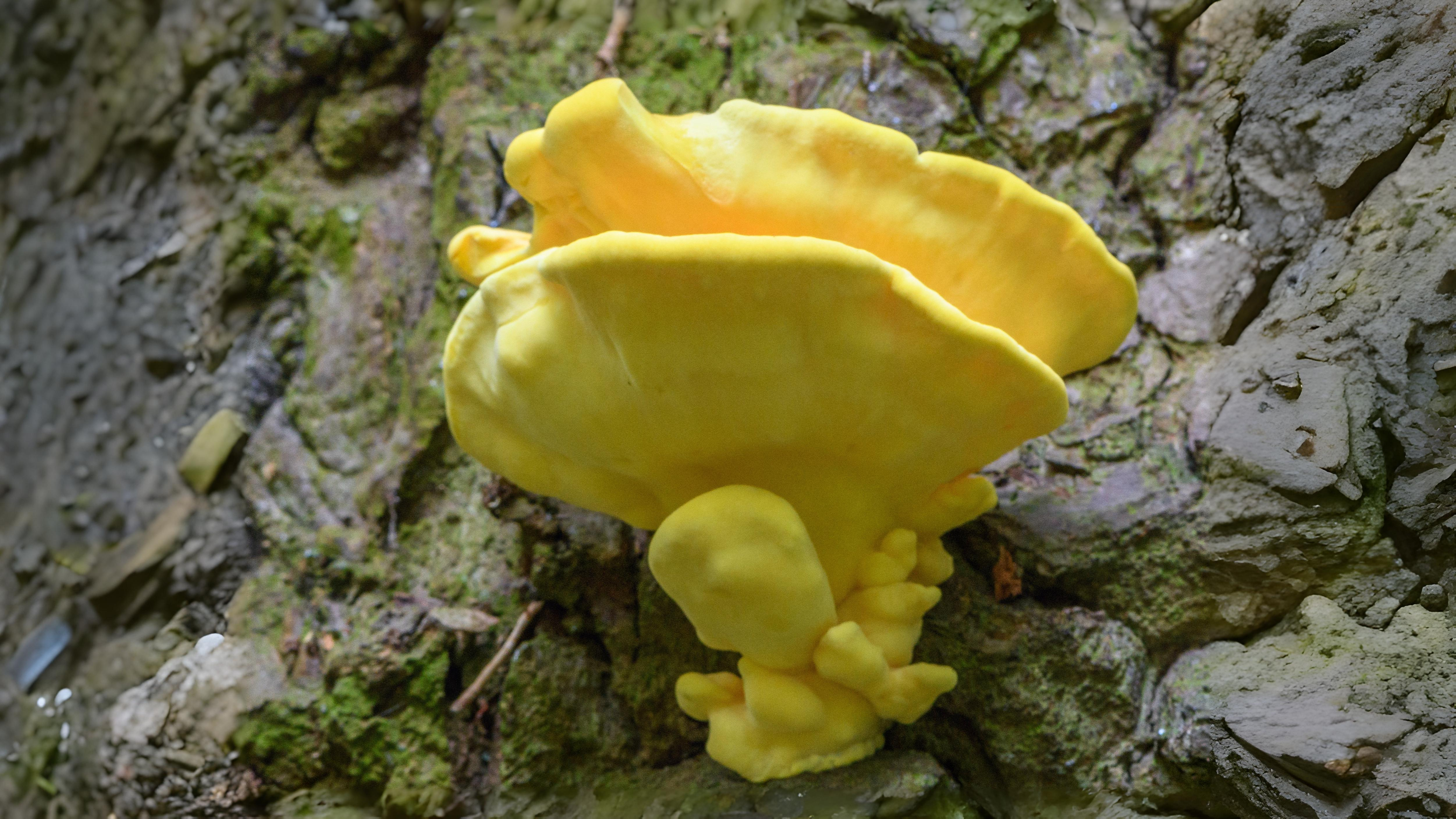
In among grass, smaller mushrooms can also sometimes be found e.g. Clitocybe, Merasmius, Enteloma, Psathyrella and Agrocybe. Very common species such as inkcap, sulphur tuft and fairy ring champignon seem capable of turning up at any time. Rather more of a surprise is the deer fungus Pluteus cervinus. This may be ten centimetres high with an equally broad cap, salmon-coloured gills and a distinct smell of radishes. It can be found on dead wood, even if it is a dry May. Another striking species, also found on dead wood, is the liver-brown polypore Polyporus badius. Its cap can be a rich, dark chestnut colour in contrast to its cream coloured pores beneath. Strange-looking helvellas also sometimes appear in woodland e.g. the common white helvella Helvella crispa in mixed woodland and the false morel Gyromitra esculenta under pine. Just occasionally, after wet weather, large edible agarics can turn up unexpectantly.
